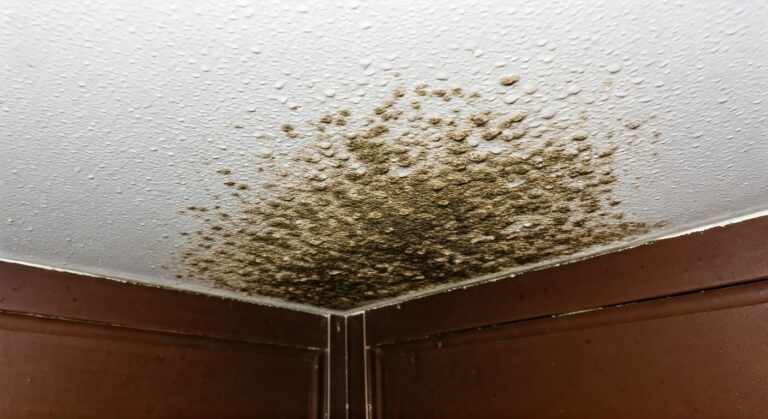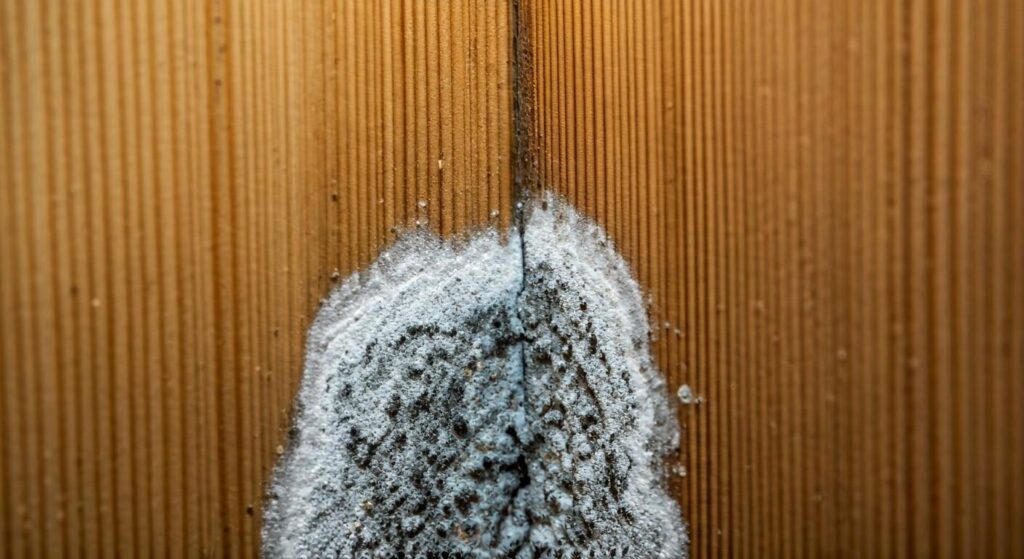Living in Whitehorse presents unique challenges when it comes to home maintenance, particularly with our humid climate during certain seasons. The combination of moisture and fluctuating temperatures creates the perfect breeding ground for mildew in our homes. As someone who’s battled these fuzzy invaders in my own Yukon dwelling, I can tell you that mildew removal in Whitehorse homes requires specific strategies tailored to our northern environment. Whether you’re dealing with bathroom ceiling spots or basement wall discoloration, these tried-and-true methods will help you reclaim your space from unwanted fungal guests.
Understanding Mildew in Whitehorse’s Unique Environment
Before diving into removal techniques, it’s important to understand why mildew is particularly problematic in Whitehorse. Our long, cold winters force us to keep homes tightly sealed and heated, creating indoor humidity that condenses on cold surfaces. Then, when summer arrives with its longer daylight hours, the temperature fluctuations can create condensation issues that feed mildew growth.
Unlike warmer regions, our mildew problems often occur in unexpected places – not just bathrooms and kitchens, but around windows, in closets against exterior walls, and even behind furniture placed too close to outside walls. This unique pattern requires Whitehorse homeowners to be especially vigilant and proactive.
Tip 1: Vinegar – Your First Line of Defense
When it comes to tackling mildew, white vinegar is a remarkable ally for Whitehorse residents. Not just any cleaning solution, vinegar’s acidity makes it lethal to about 82% of mold and mildew species, without the harsh chemicals that can be problematic in our often-sealed winter environments.
How to Use Vinegar Effectively:
Remember that vinegar has a distinct smell, but don’t worry – it dissipates quickly, especially if you can open windows. During winter months when opening windows isn’t practical, a small bowl of baking soda nearby will help absorb the odor.
Tip 2: Baking Soda for Stubborn Cases
For those persistent mildew patches that have withstood Whitehorse’s seasonal changes, baking soda offers abrasive power with gentle effectiveness. It’s especially useful on porous surfaces like grout and unfinished wood that are common in many Yukon homes.
Create a paste by mixing water with baking soda until it reaches a consistency similar to toothpaste. Apply this directly to the affected area and scrub gently with a brush. The slight abrasiveness helps remove the mildew while the alkaline nature of baking soda prevents future growth.
What’s particularly great about this method for Whitehorse homes is that baking soda also helps deodorize spaces – helpful for those months when we can’t air out our homes due to -30°C temperatures outside!
Tip 3: Proper Ventilation – Prevention is Better Than Cure
Given our extreme temperature variations, ventilation requires special consideration in Whitehorse homes. During winter, running bathroom fans for at least 30 minutes after showers is crucial, even if it seems counterintuitive when trying to keep homes warm.
Ventilation Strategies Specific to Whitehorse:
Many local hardware stores offer ventilation solutions specifically designed for northern homes – it’s worth asking about options tailored to our unique conditions.
Tip 4: Hydrogen Peroxide for Non-Porous Surfaces
For bathroom tiles, glass shower doors, and other non-porous surfaces commonly affected in Whitehorse’s humid bathrooms, 3% hydrogen peroxide works wonders. It’s particularly effective for those persistent pink or orange mildew stains that seem to reappear as soon as our summer humidity kicks in.
Simply spray directly onto the affected area, let it bubble for 10 minutes (you’ll actually see it working!), then scrub and rinse. The benefit for Whitehorse homes is that hydrogen peroxide breaks down into water and oxygen, leaving no chemical residue – important in our often-sealed environments.
Tip 5: Tea Tree Oil – Natural but Powerful
For those seeking natural alternatives suitable for our environmentally-conscious Yukon community, tea tree oil offers a potent solution. Its natural fungicidal properties make it effective against mildew while being less harsh than chemical alternatives.
Mix 1 teaspoon of tea tree oil with 1 cup of water in a spray bottle. Shake well before each use, spray on affected areas, and leave it – no need to rinse. The distinctive smell will dissipate in a day or two, but the antimicrobial effects continue working.
This solution is particularly useful in children’s rooms or areas where pets frequent, offering effective mildew removal in Whitehorse homes without introducing potentially harmful chemicals into your living space.
Maintaining a mildew-free home in Whitehorse requires consistency and understanding of our unique climate challenges. By implementing these five strategies regularly, you’ll find your battle against mildew becomes manageable even during our most challenging seasons. Remember that addressing moisture issues promptly is key – that small bathroom ceiling spot can quickly spread if ignored.
Whether you’re in Porter Creek, Riverdale, or downtown, these mildew removal tips for Whitehorse homes will help you maintain a healthy living environment throughout all of Yukon’s seasons. Your home should be a comfortable retreat from our sometimes harsh environment – not a breeding ground for unwanted fungal guests!







